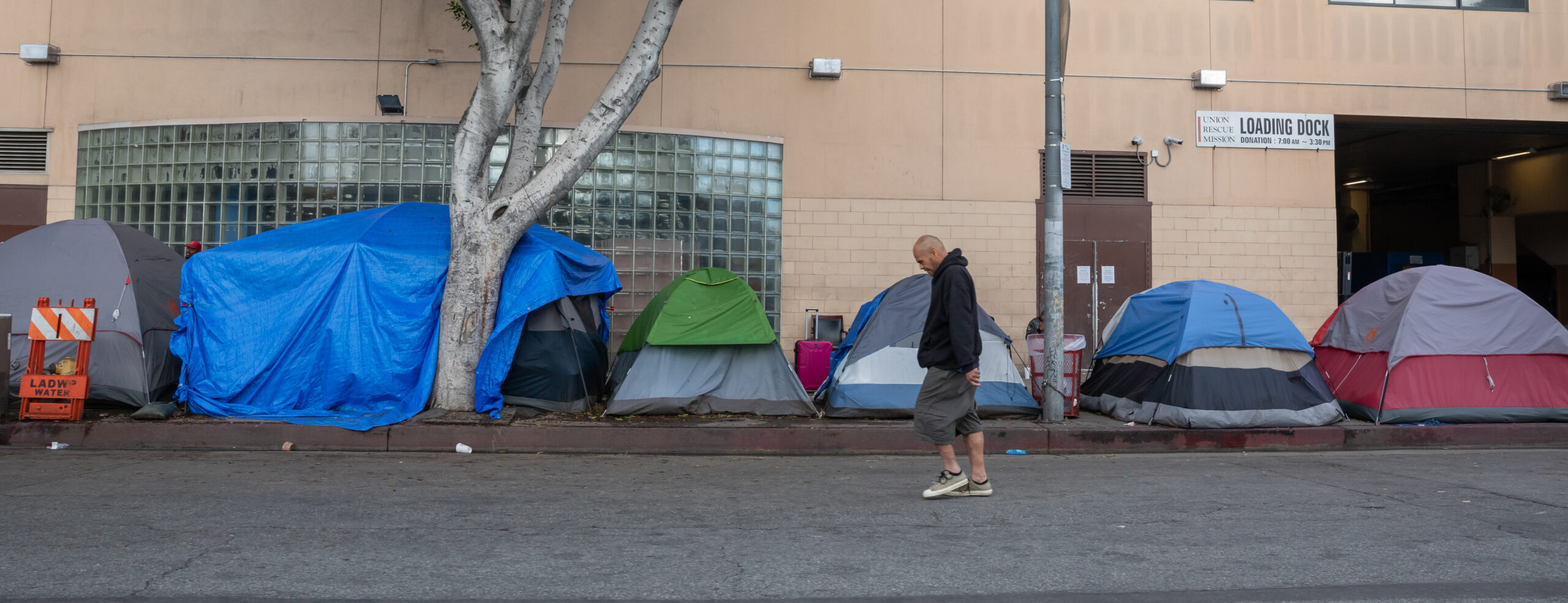In March 2023, the Alliance will return to its West Coast conference format for the first time since February 2020. The conference’s focus on unsheltered homelessness makes the destination state of California as relevant as ever: two-thirds of California’s population experiencing homelessness is unsheltered, according to the 2022 Point-in-Time Counts. Half of the country’s unsheltered population lives in the Golden State.
The national picture, however, is changing, with California no longer looking like as much of an anomaly.
According to the 2020 AHAR Part 1, the 2019–2020 period represented the first time nationally that more people experienced unsheltered homelessness than sheltered homelessness. Unsheltered homelessness has risen steeply nationwide, up by 30.5% between 2015 and 2020.
There is a lot we can learn from California about approaches to unsheltered homelessness, both successful and unsuccessful. And there are a lot of hard questions to ask about unsheltered homelessness that we’ll need to address together. Both within the Alliance’s conference and outside of it, communities nationwide should be thinking strategically about solutions to unsheltered homelessness, and they should be asking themselves which approaches will ultimately end homelessness.
Asking the Right Questions to Find the Right Solutions
Increasing shelter and creating interim housing options to reduce unsheltered homelessness can be a critically important step for localities to address, especially given the documented health impacts of unsheltered homelessness. The longer someone is unsheltered, the greater their risk is of developing co-occurring conditions. Data shows that 50 percent of unsheltered people are trimorbid, and that many of those people did not suffer from these comorbidities when they first entered unsheltered homelessness.
But as communities seek to stem rising levels of unsheltered homelessness, they must grapple with important questions:
- How can we address unsheltered homelessness while keeping focused on the goal of ending people’s homelessness with permanent housing? What’s the right balance of a system’s investments for shelter compared to permanent housing?
- Other important questions need to be addressed. Given the scarcity of available housing in many communities, how can we support our neighbors on the street with the resources they need to survive, like basic hygiene infrastructure?
- How can we work together to counter the rising wave of criminalization that we’ve seen as a backlash to unsheltered homelessness?
- And critically, how can we do all of this work with a racial equity lens, and wrestle with the racism in our institutions that makes sheltering vulnerable people so confounding? Are we creating inviting spaces to bring people inside that give adequate consideration, in both design and policy, to the trauma folks carry with them, including the trauma from systems of care that have failed them?
These questions matter, and thinking about unsheltered homelessness in a vacuum will not suffice. While California’s 2022 PIT Count indicates progress in sheltering more people, the overall number of people experiencing homelessness still grew by 6.1%.
The Alliance is looking forward to creating spaces in Oakland and beyond to have the discussion: how can we care for a rising unsheltered population and still keep our focus on ultimately ending people’s homelessness with permanent housing? We hope you will join us and bring your community’s perspectives to the table.
Stay Updated: Solutions, Stories, and Ways to Make an Impact
Sign up to receive updates on the Alliance’s work, including the latest research, advocacy efforts, and real stories of progress — plus ways you can help drive lasting change.














